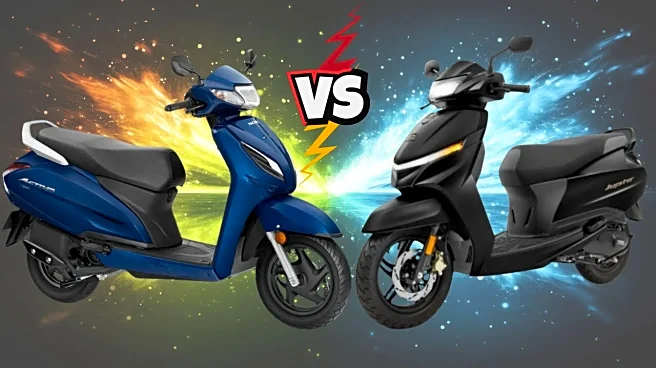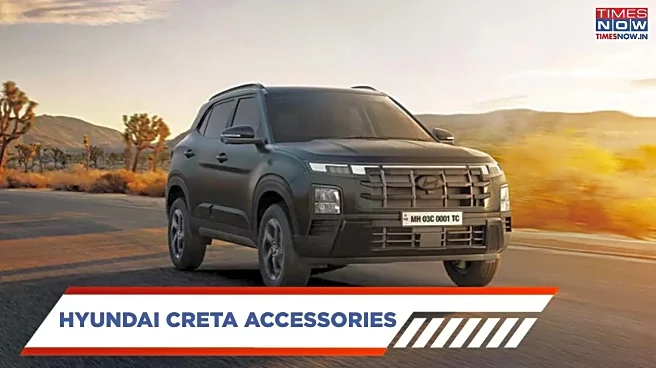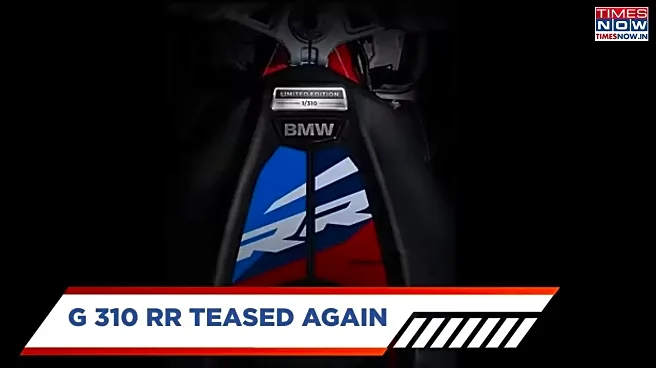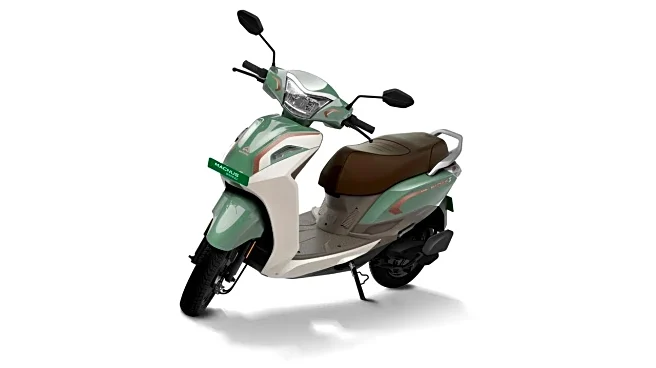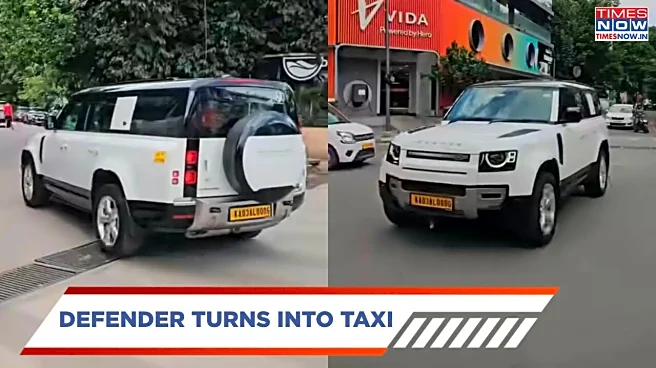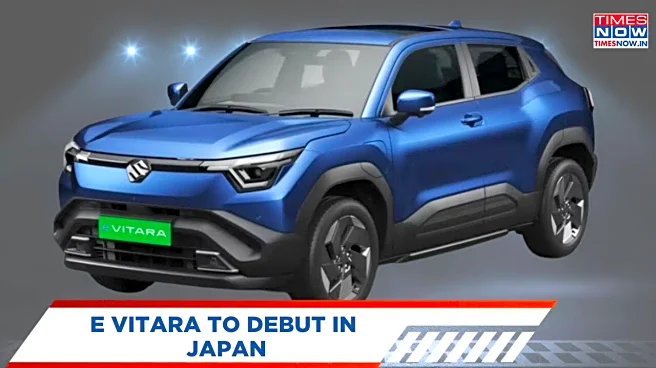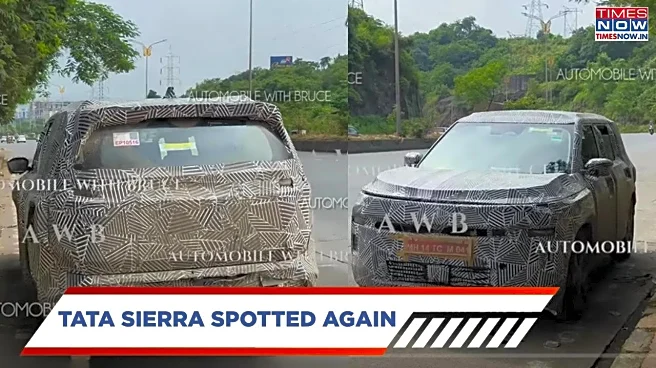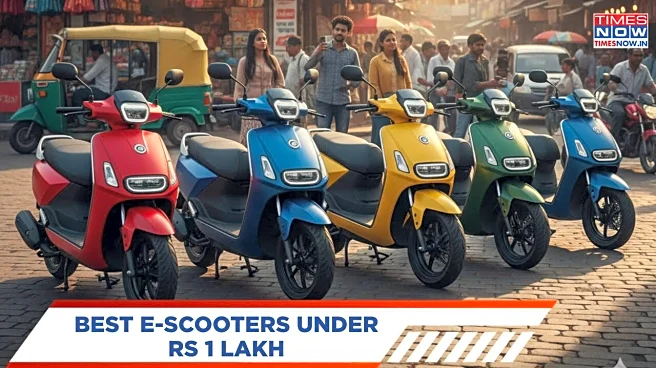Electric scooters fitted with LFP (lithium iron phosphate) batteries are a practical choice for many Indian riders. They trade some energy density for greater safety, longer cycle life and lower cost. LFP cells tolerate high temperatures, resist thermal runaway and handle frequent top-up charging without sharp capacity loss. That suits Indian conditions: hot summers, stop-start urban traffic and heavy daily usage by commuters and delivery riders. For city use where predictable range, low maintenance and battery longevity matter more than maximum highway distance, LFP-equipped scooters offer a clear, sensible advantage. They also avoid cobalt and reduce lifecycle environmental impact overall.
Also Read: Maruti Wagon R Price After GST 2.0: New
vs Old — Savings Compared
Why LFP FIits Indian Use Cases
Here’s the thing: Indian daily riding rarely demands maximum theoretical range. LFP batteries deliver thousands of charge cycles, so real-world usable life is longer and replacement frequency drops — a direct cut in total cost of ownership for fleet operators and delivery riders.
Safety And Longevity, Not Hype
LFP chemistry is chemically stable at higher temperatures and far less prone to thermal runaway than nickel-rich cells. That lowers fire risk during fast charging or when batteries are stressed by heat, a practical safety win in Indian cities. Longer cycle life also means warranty and resale benefits.
Cost And Real-world Adoption
LFP omits cobalt and uses more abundant materials, which reduces raw-material pressure and, often, pack cost per kWh. Manufacturers and OEMs in India are already shifting some models and lines to LFP packs, reflecting both economics and local operating realities.
Also Read: Suzuki Access, Burgman, Gixxer Models Now Cost Less With GST 2.0 Price Benefit
What This Really Means For Riders
If your daily ride is urban commuting or gig work, LFP scooters typically mean lower running costs, fewer battery worries and easier thermal management. The tradeoff is slightly larger or heavier packs for the same range. For most Indian users, that tradeoff is worth it.
Stay tuned to Times Now Auto for latest industry trends.

